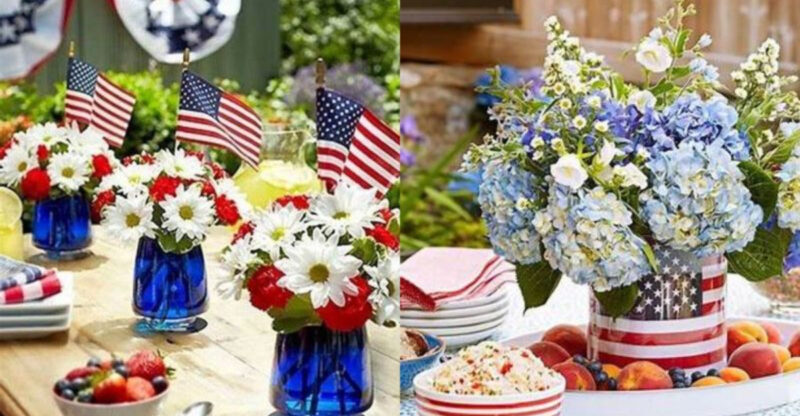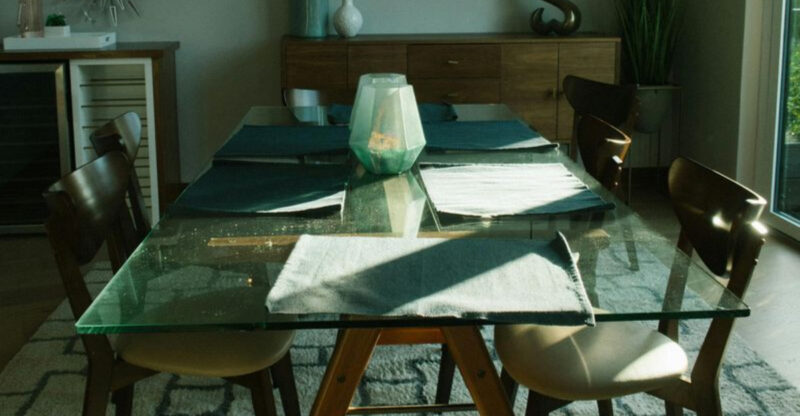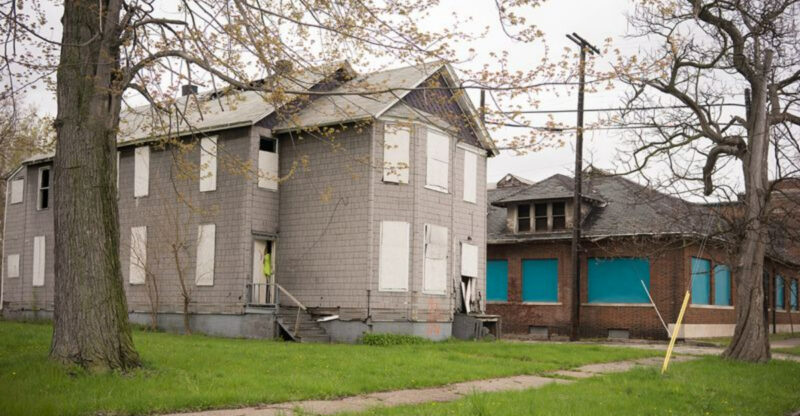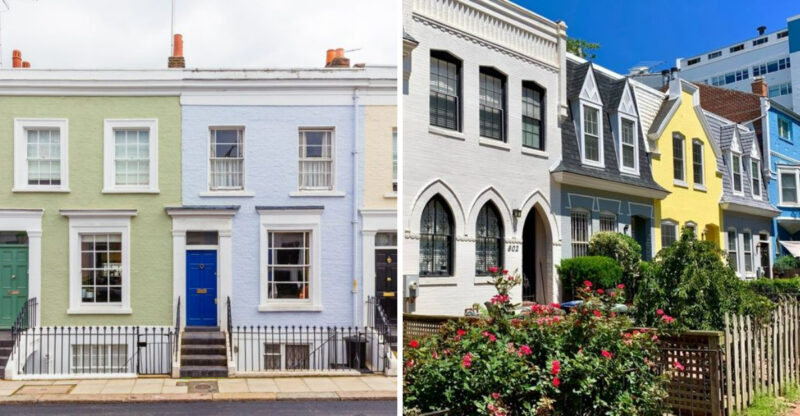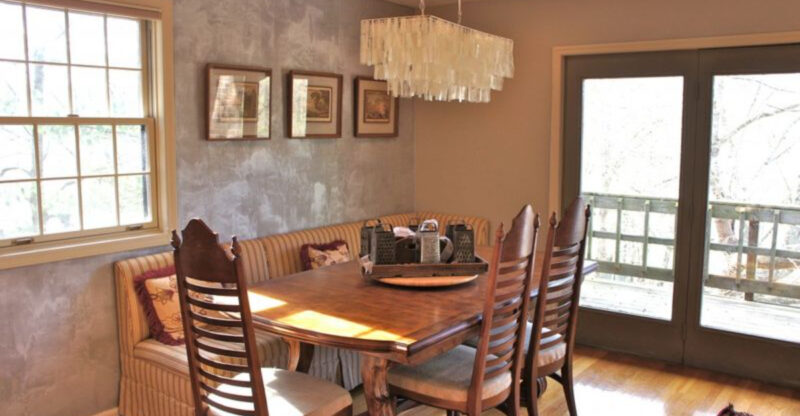14 Classic American Home Looks That Are Rapidly Falling Out Of Favor
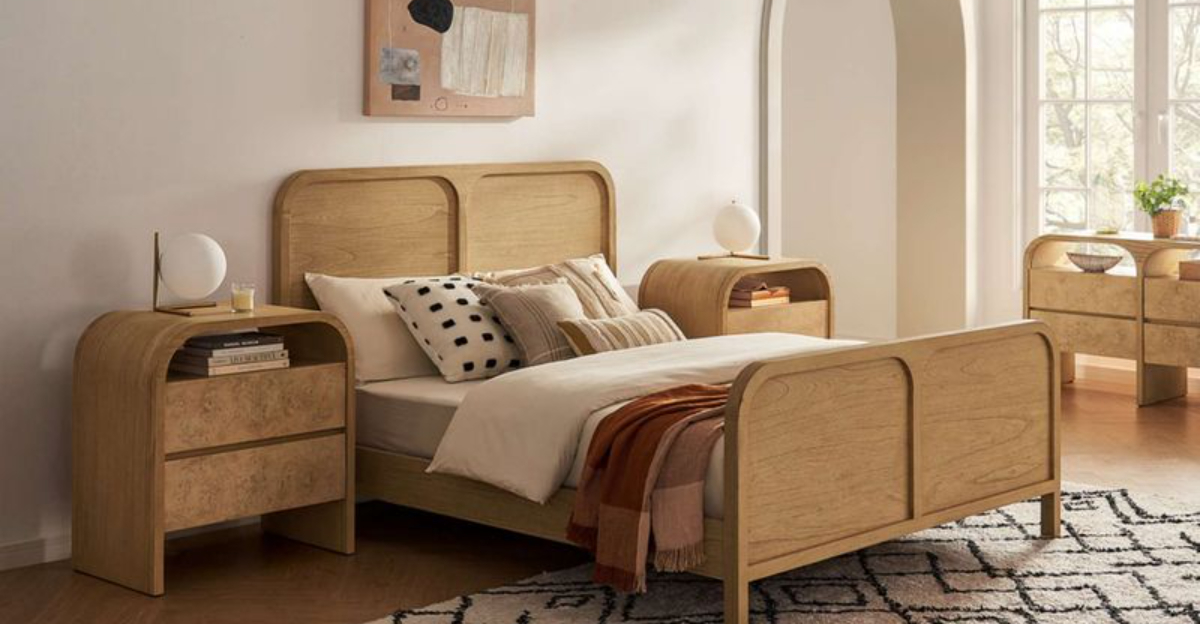
Remember those home design trends we once couldn’t get enough of? Times are changing, and many once-beloved American home features are now heading for the exit.
Homeowners are shifting away from fussy, high-maintenance looks toward cleaner, more functional spaces.
If you’re planning a renovation or just curious about current trends, here’s a look at classic home features that decorators and real estate agents say are quickly becoming things of the past.
1. Tuscan-style kitchens

The days of terracotta tiles, dark wood, and faux-finished walls are fading fast. Tuscan kitchens once the crown jewel of 2000s home design now read as heavy and dated to most buyers and designers.
Heavy wrought iron light fixtures and ornate cabinet detailing that defined this Mediterranean-inspired look are being replaced with cleaner lines and lighter finishes. Homeowners now prefer bright, airy spaces over the dark, cave-like feel these kitchens often created.
If you’re looking to update without a complete renovation, painting those dark cabinets white or light gray can work wonders. Swapping ornate hardware for simple pulls and updating light fixtures can also help modernize without breaking the bank.
2. All-beige interiors
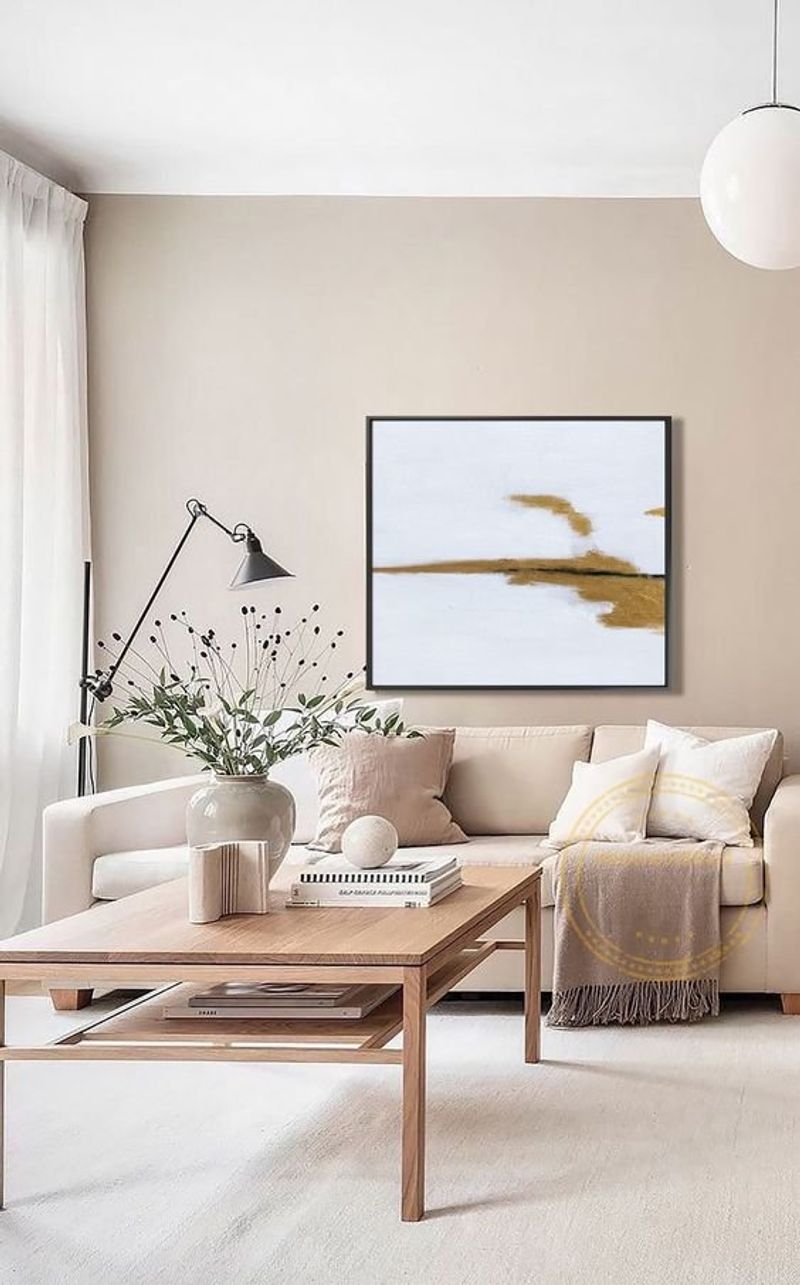
Those endless seas of beige that dominated homes throughout the 1990s and early 2000s are vanishing from stylish interiors. While neutral palettes remain popular, the flat, uninspired beige-on-beige-on-beige approach feels tired and uninventive to today’s homeowners.
Modern neutral spaces incorporate varied textures, subtle color variations, and strategic pops of color to create depth and interest. Even in minimalist homes, designers are embracing warmer whites, soft greens, and earthy tones that feel more intentional than the builder-grade beige of yesteryear.
Homeowners looking for a quick update can add textured throws, patterned rugs, or colorful accent pieces to break up beige monotony without committing to a complete redesign.
3. Heavy drapery with tassels
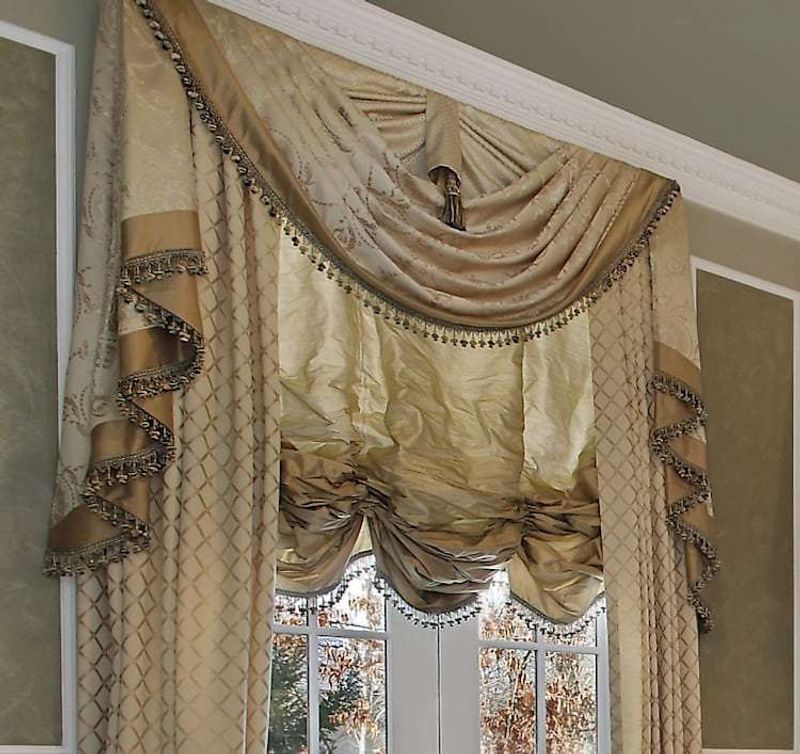
Goodbye to those elaborate window treatments with layers of valances, swags, and tasseled tiebacks! These fussy window dressings that once signaled luxury now make rooms feel stuffy and outdated.
Heavy fabrics collect dust, block natural light, and make spaces feel smaller all contrary to today’s preference for bright, breathable environments. Modern window treatments favor simplicity with clean-lined roman shades, simple panels, or even minimalist blinds that complement rather than dominate a room.
Many homeowners are opting for no window treatments at all in certain spaces, especially when privacy isn’t a concern. This allows for maximum natural light and creates a seamless indoor-outdoor connection that suits contemporary living perfectly.
4. Wall-to-wall carpeting
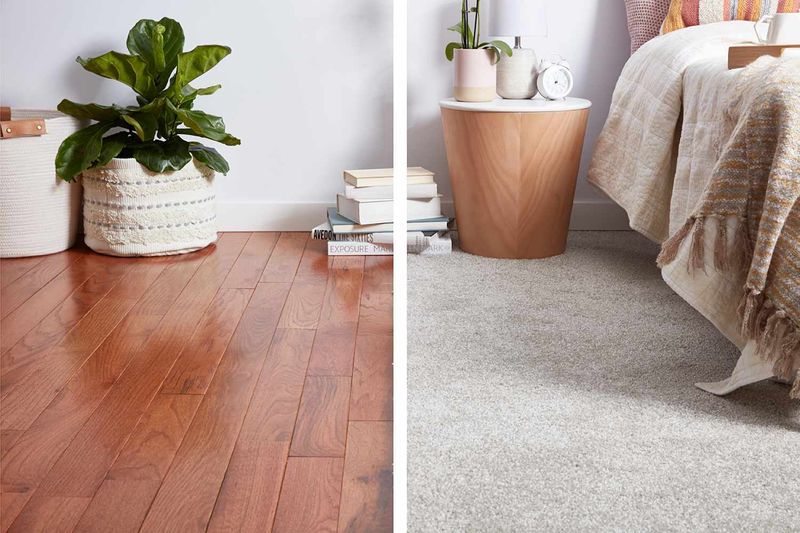
Wall-to-wall carpeting is quickly becoming the flooring choice of the past. Once valued for its comfort and noise-dampening qualities, this floor covering has fallen from favor as homeowners recognize its drawbacks.
Carpeting traps allergens, stains easily, and generally needs replacement every 5-10 years. Modern homebuyers overwhelmingly prefer hardwood, luxury vinyl plank, or tile flooring materials that offer durability, easy cleaning, and timeless appeal. When warmth is desired, today’s homeowners opt for area rugs that can be cleaned or replaced more easily.
If you’re stuck with wall-to-wall carpet but can’t replace it yet, professional cleaning can refresh its appearance, while strategically placed area rugs can help update the look until hardwood or other hard surfaces become affordable.
5. Popcorn ceilings
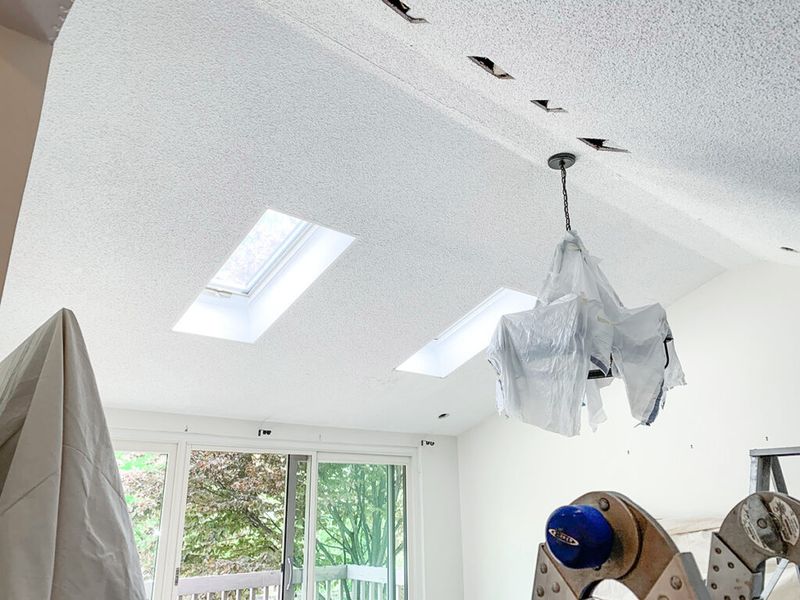
Those bumpy, spray-on “popcorn” textures that covered countless American ceilings from the 1950s through the 1980s are now considered one of the biggest eyesores in older homes. Originally installed to hide imperfections and dampen sound, these textured ceilings now scream “outdated” to potential buyers.
Beyond their dated appearance, popcorn ceilings collect dust, are difficult to clean, and pre-1980s versions may contain asbestos. Homeowners today strongly prefer smooth, flat ceilings that create a clean, contemporary look.
Removing popcorn texture is a messy but relatively straightforward DIY project (after testing for asbestos). For those not ready for removal, some homeowners are painting their popcorn ceilings in bright white to minimize their visual impact until full removal is possible.
6. Overly themed rooms
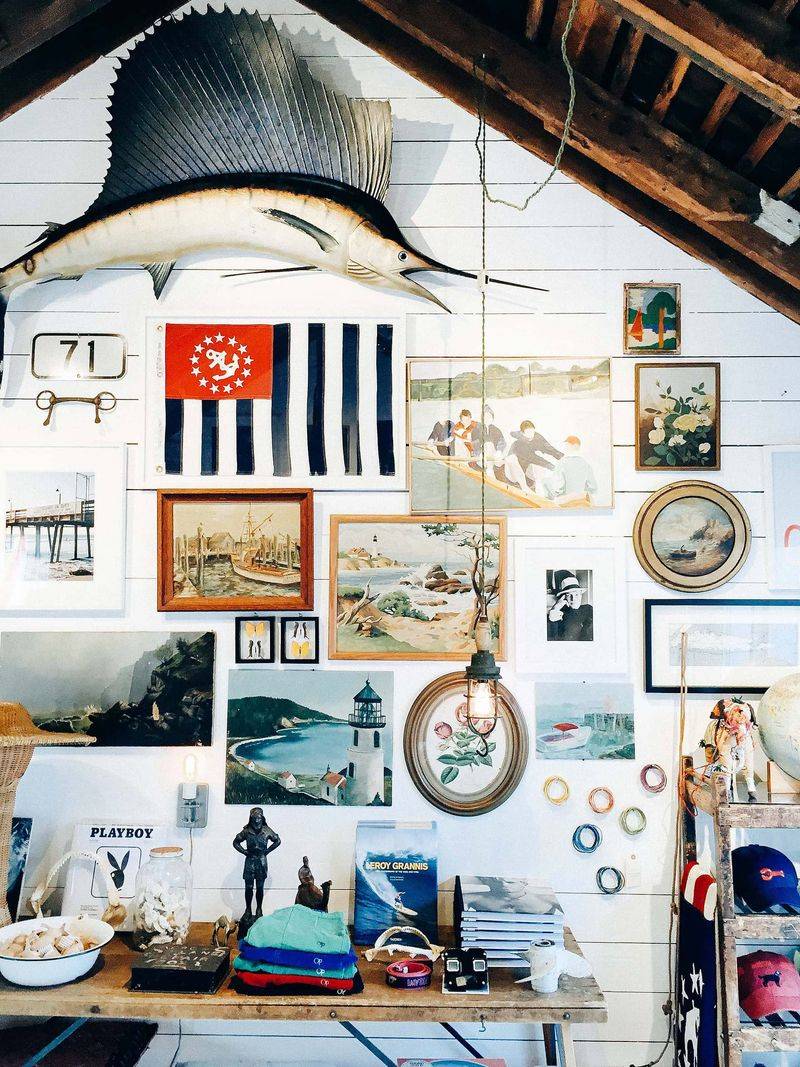
Remember those heavily themed spaces like nautical bathrooms with rope everywhere or rustic farmhouse rooms stuffed with barn doors and “Live, Laugh, Love” signs? These aggressively themed rooms are quickly losing their appeal as homeowners embrace more subtle, versatile decor.
When every element in a room screams the same theme, the space often feels gimmicky rather than genuinely stylish. Today’s approach incorporates thematic elements more sparingly, allowing rooms to feel cohesive without becoming caricatures.
If you still love a particular theme, try reducing themed items to just two or three standout pieces. This creates a more sophisticated nod to your interests without overwhelming the space or creating a dated look that you’ll tire of quickly.
7. Cherry wood cabinetry
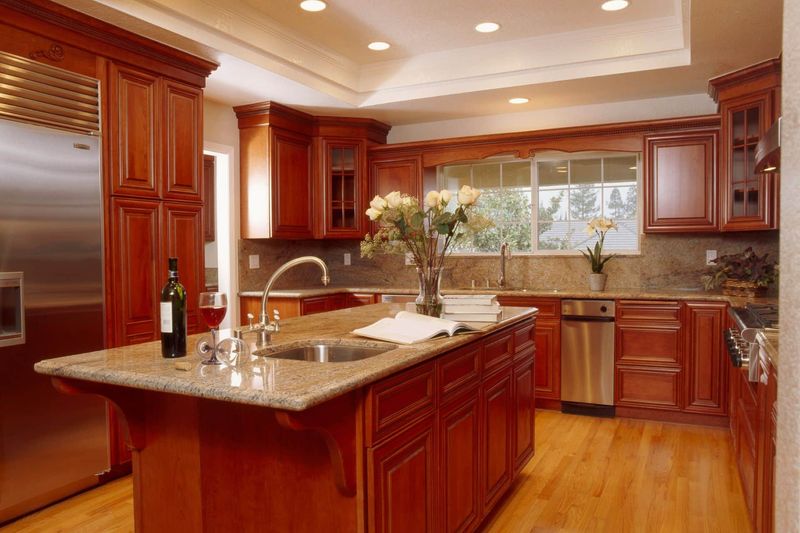
Those reddish-brown cherry cabinets that dominated kitchens in the early 2000s are rapidly falling out of fashion. Their distinctive red undertones often clash with today’s preferred color palettes and can make spaces feel dark and dated.
Modern kitchens feature lighter wood tones like white oak or walnut, painted finishes in whites and soft colors, or two-tone approaches combining both. The heavy, formal look of cherry has given way to more casual, airy kitchen designs that feel welcoming rather than stuffy.
Homeowners stuck with cherry cabinets often paint them rather than replace them entirely. Another budget-friendly update involves removing some upper cabinets entirely and replacing them with open shelving, immediately lightening the kitchen’s visual weight.
8. Busy granite countertops
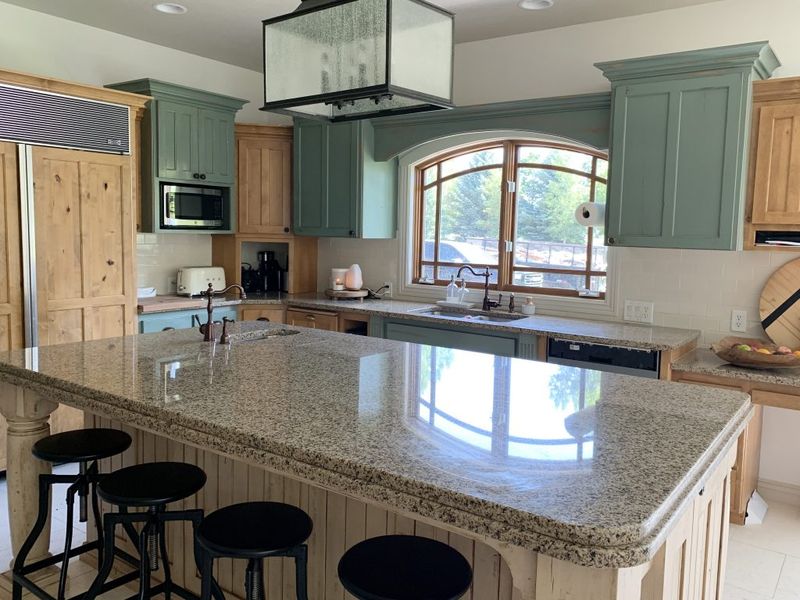
Those speckled, multi-colored granite countertops that were once the height of kitchen luxury are quickly losing ground to simpler surfaces. Particularly dated are the busy, brown-toned granite patterns with gold, burgundy, and green mineral flecks that dominated early 2000s kitchens.
Today’s homeowners prefer countertops with subtle, consistent patterning like quartz, marble-look surfaces, or even concrete. The shift reflects a broader trend toward cleaner, less visually chaotic spaces where countertops complement rather than dominate the kitchen design.
If replacing busy granite isn’t in your budget, designers suggest working with what you have by keeping surrounding elements simple. Solid-color backsplashes, simple cabinet hardware, and minimal countertop accessories can help tone down busy granite until replacement becomes possible.
9. Mirrored closet doors
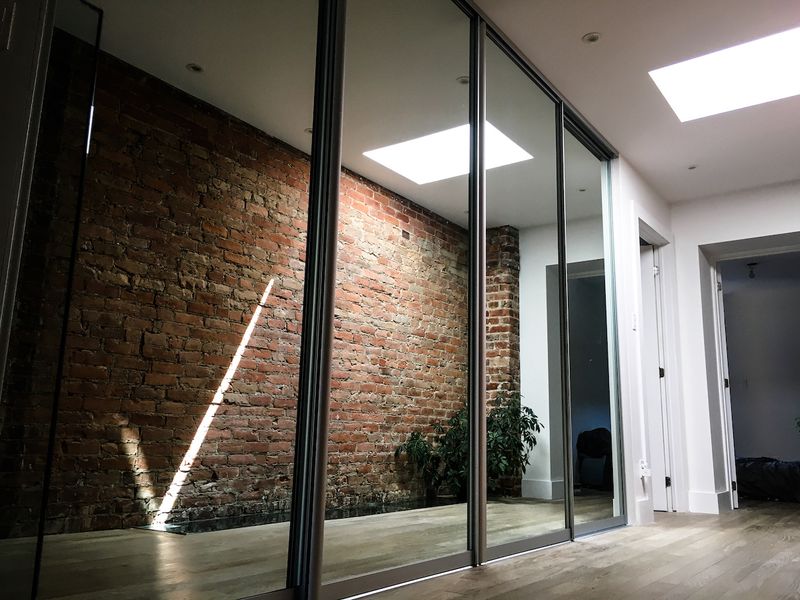
Those wall-to-wall mirrored sliding doors that were fixtures in bedrooms throughout the 1980s and 90s are disappearing from stylish homes. While once considered practical space-savers that made rooms appear larger, these mirrors now read as outdated and cheap-looking to most decorators and buyers.
Modern closet doors favor clean panel designs, frosted glass, or even fabric-covered options that add texture rather than reflection. When mirrors are incorporated into today’s bedrooms, they’re usually standalone pieces with intentional framing that serves as a design element.
Homeowners looking for affordable updates can remove mirrored doors and replace them with curtains for an immediate style boost. Another option is painting the metal frames of mirrored doors black or white to give them a more intentional, graphic look until full replacement is possible.
10. Rarely used formal dining rooms
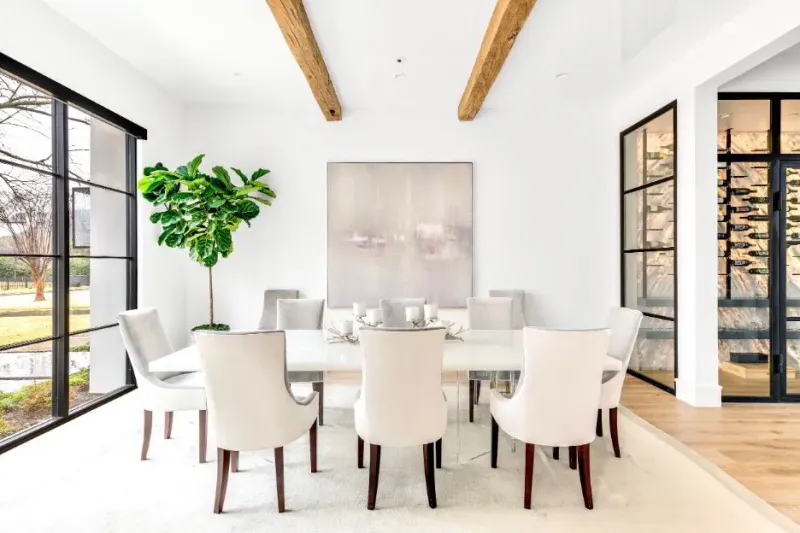
The dedicated formal dining room often the least-used space in American homes is rapidly losing relevance. These rooms typically sit empty except for holidays, wasting valuable square footage in an era when housing costs are at a premium.
Today’s homeowners prefer flexible, multi-purpose spaces that adapt to their actual living patterns. Many are converting formal dining rooms into home offices, homework stations, craft rooms, or casual dining spaces that get daily use. Open-concept layouts that combine kitchen, dining and living areas continue to dominate new construction.
For those still wanting occasional formal dining capability, flexible solutions like expandable tables in multi-purpose rooms offer the best of both worlds. This approach allows homeowners to host large gatherings without dedicating permanent space to a rarely-used function.
11. Textured accent walls
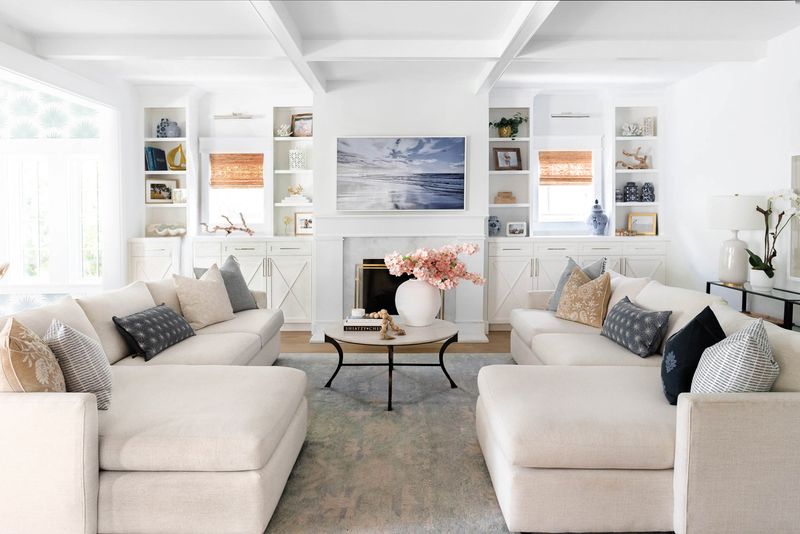
Remember those heavily textured accent walls with swirls, combing, or knockdown finishes? These labor-intensive wall treatments that were popular in the early 2000s are rapidly disappearing from stylish homes.
While accent walls themselves aren’t entirely out of fashion, today’s versions feature subtle wallpaper, paint colors, or architectural elements rather than heavy texturing. Modern walls emphasize clean lines and smooth surfaces that create a more timeless backdrop for furnishings and art.
Homeowners stuck with textured walls often face the messy job of skim-coating to create smooth surfaces. For those not ready for that project, painting textured walls in the same color as surrounding walls can help minimize their visual impact until a more complete update is possible.
12. Yellow-gold brass fixtures
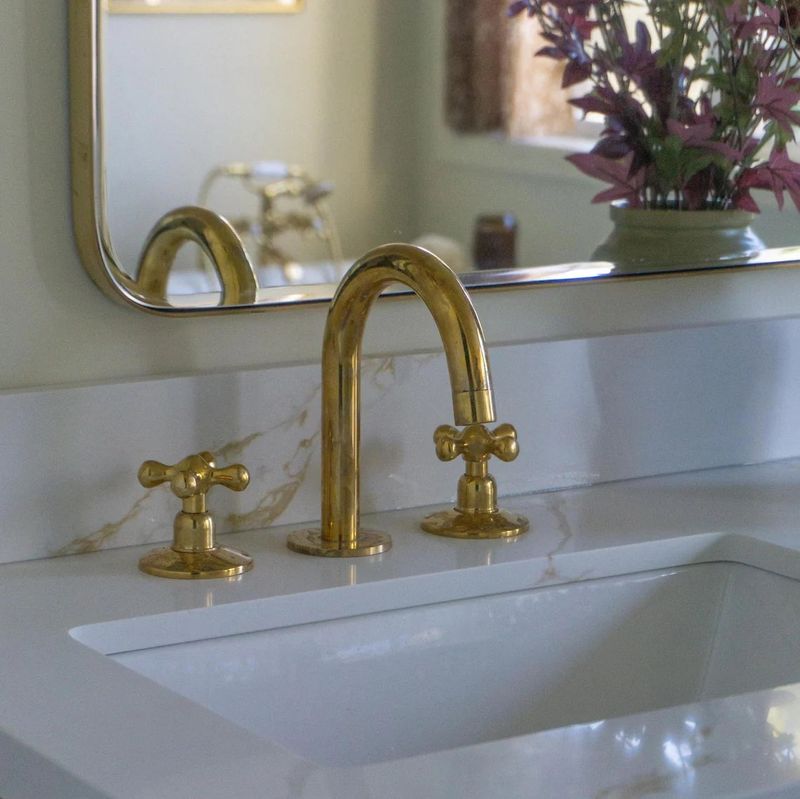
Those shiny yellow-gold brass bathroom fixtures that dominated homes in the 1980s and 90s are firmly on the outs. The bright, often lacquered finish looks dated and cheap to today’s eyes, instantly aging bathrooms regardless of other updates.
While metallic finishes remain popular in bathrooms, modern versions feature matte brass with warmer tones, brushed nickel, matte black, or even mixed metals with intentional finishes. The shift reflects a broader move away from shiny, perfect-looking surfaces toward more natural, tactile materials.
Replacing dated brass fixtures is one of the most affordable bathroom updates with significant visual impact. Even changing just the faucet and cabinet hardware can dramatically modernize a bathroom’s appearance while full renovations wait for bigger budgets.
13. Faux stone or brick veneers
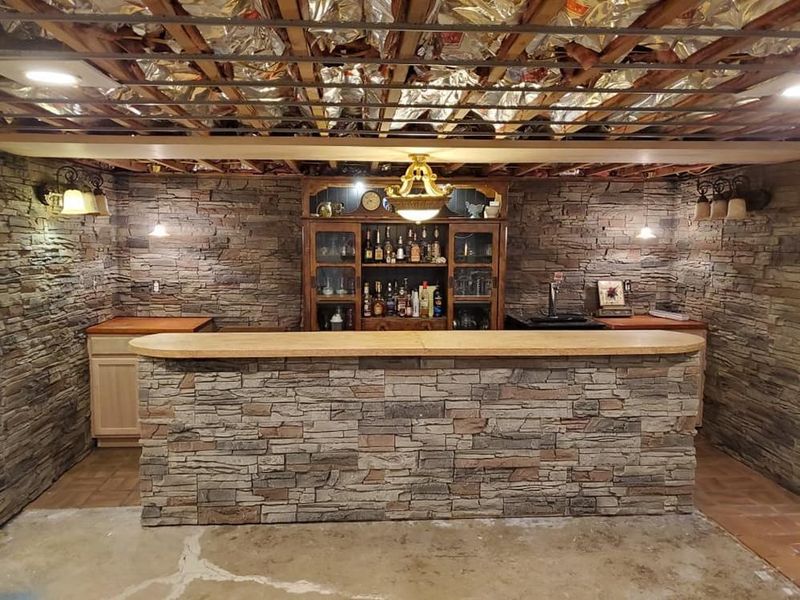
Those obviously fake stone or brick veneers applied to interior walls are quickly falling from favor. Common in 1990s and 2000s homes, these plastic or composite panels with their repeating patterns and artificial appearance now signal “outdated” to most design-conscious homeowners.
When stone or brick is used in contemporary interiors, it’s either the real thing or high-quality materials that closely mimic natural variations. Modern designers prefer authentic materials or none at all, rather than unconvincing imitations that often cheapen spaces.
Removing these faux panels typically reveals drywall that needs repair, but the update dramatically improves a room’s appearance. For fireplace surrounds with faux stone, painting the entire surface one solid color can temporarily minimize the dated look until a more complete renovation is possible.
14. Matching furniture sets
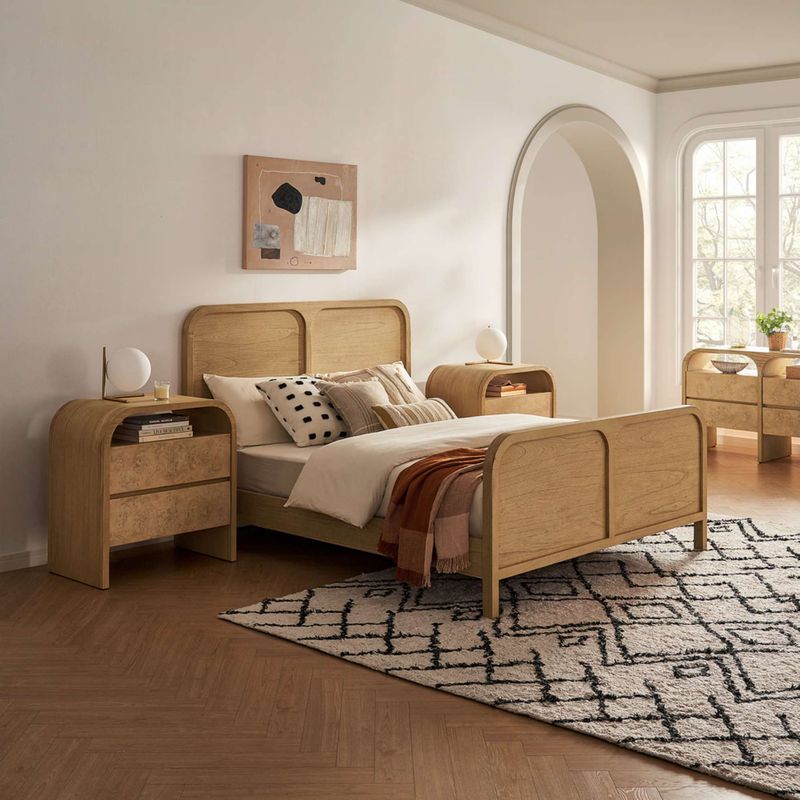
Those perfectly matched bedroom and living room sets that were once staples of American homes are rapidly disappearing from stylish interiors. Buying everything in identical finishes the bed, nightstands, dresser, and chest all in the exact same wood and style now reads as unimaginative and dated.
Today’s designers and homeowners prefer “collected” looks featuring complementary but non-matching pieces that create more visual interest and personality. This approach allows rooms to evolve over time and reflect the owner’s actual tastes rather than whatever happened to be on the showroom floor.
If you’re stuck with a matching set, designers suggest breaking it up by painting one or two pieces in contrasting colors, replacing some hardware, or even selling a few components to make room for different styles that better reflect your personal aesthetic.

